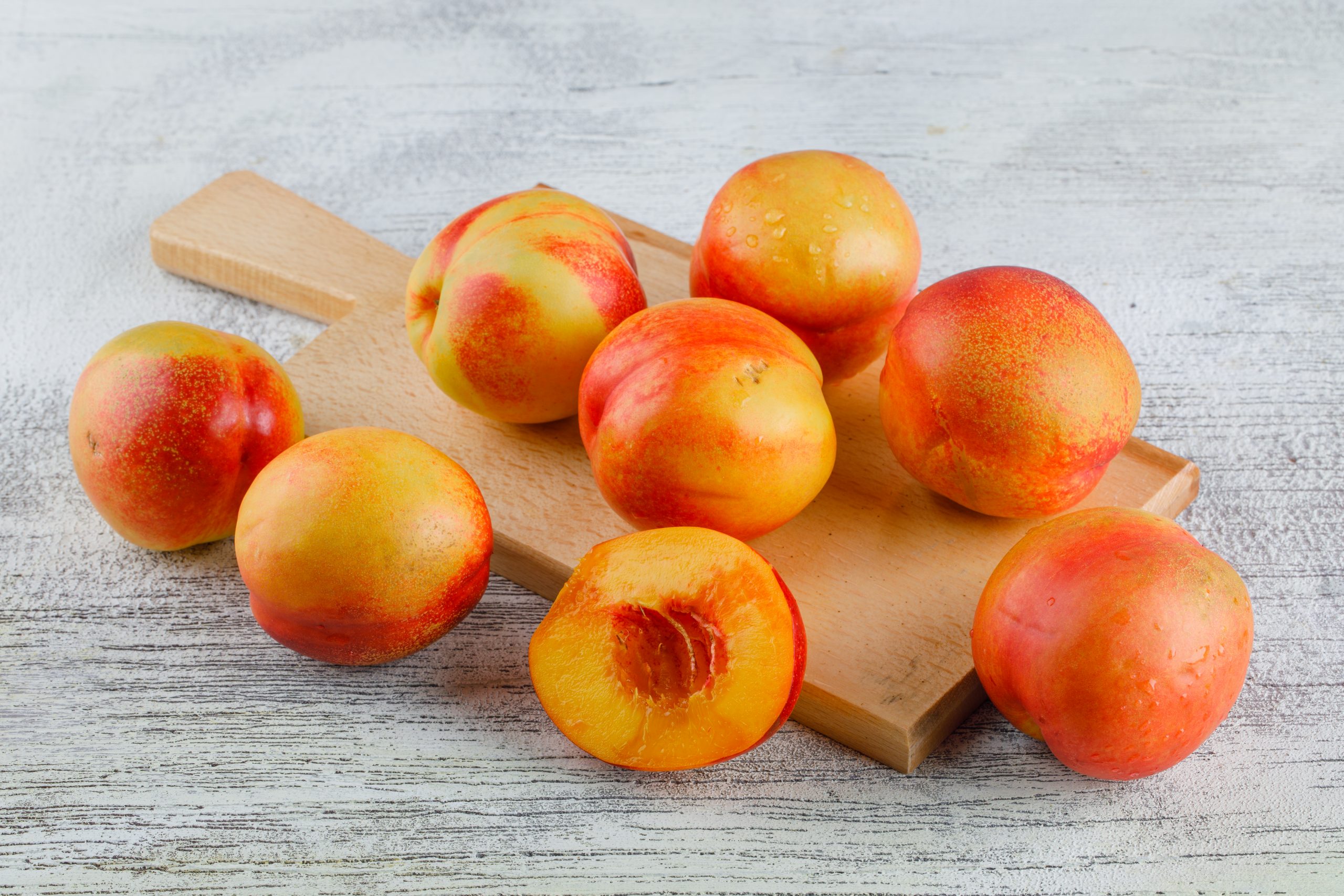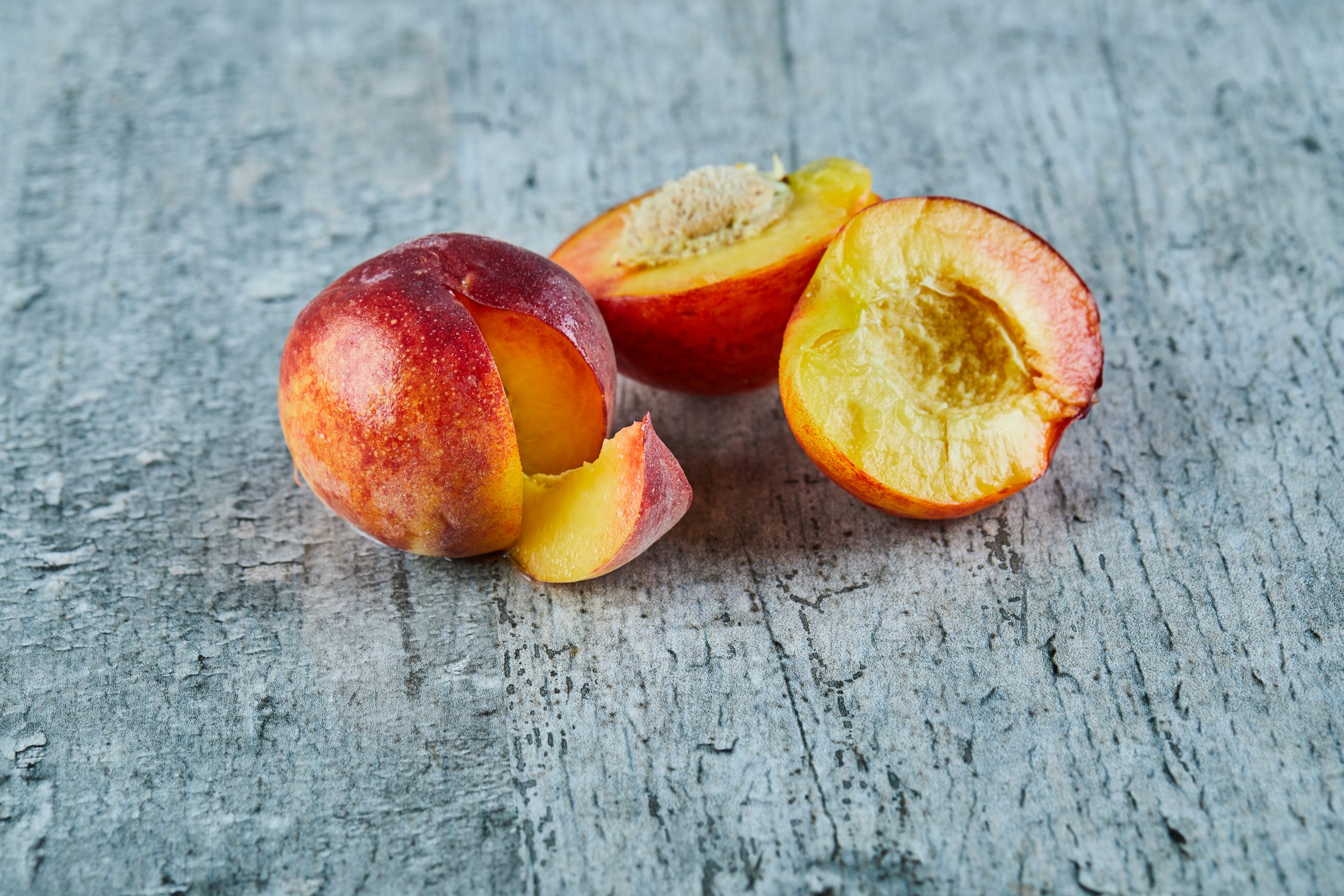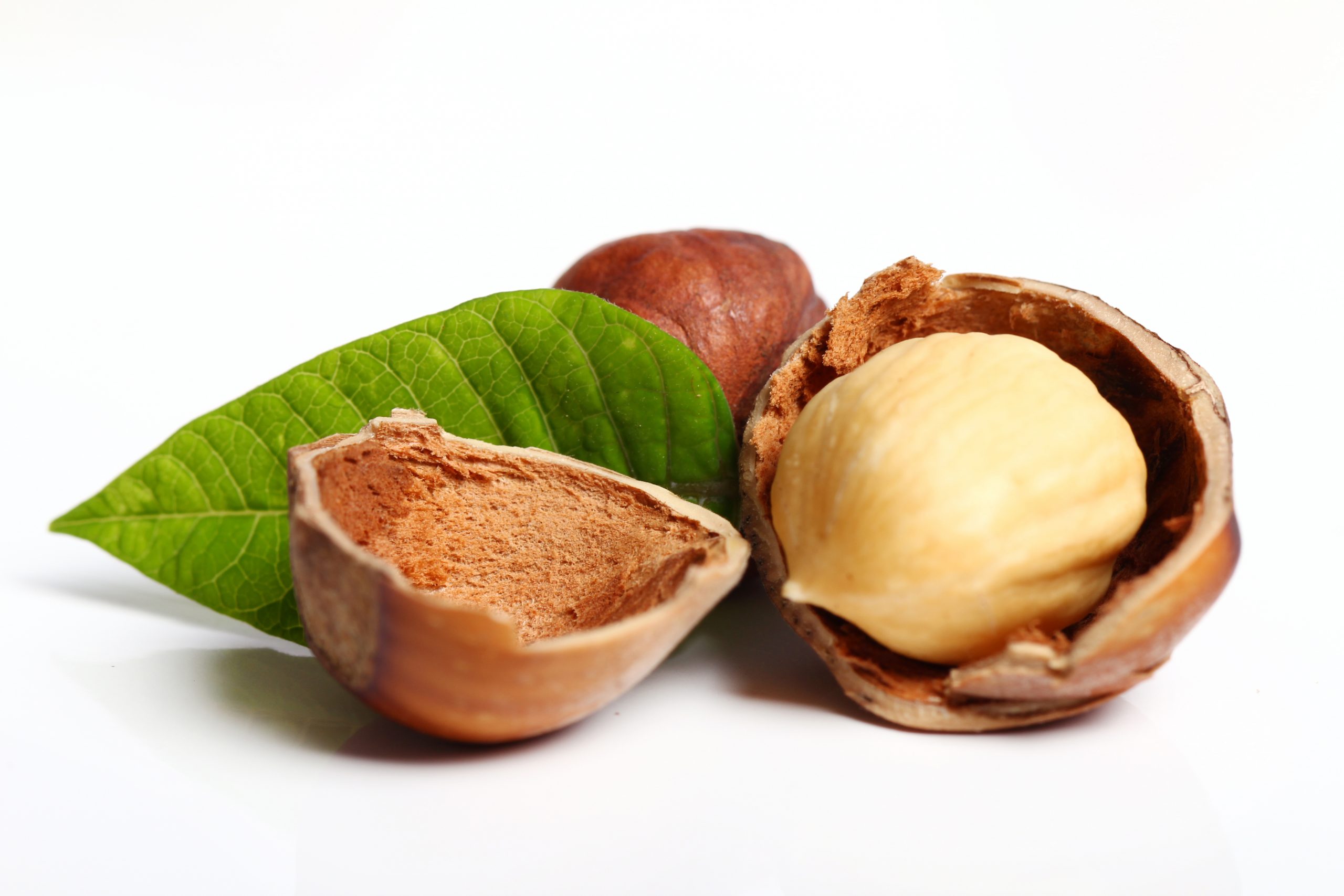On the 11th of December 2019 the European Commission has presented the communication on the European Green Deal, with the goal of activate the path for the transformation of Europe in a society with no climate impact by 2050.
On July 2021 the Committee presents a series of suggestions for the transformation of the European economy. The European parliament and the Member States negotiate and adopt a legislative packet to reach the climate goals by 2030, by which the fundamental one: reduce the greenhouse gas emission at least of the 55% compared to 1990.
Ursula von der Leyen, European Commision’s president, affirms that ‘the Green Deal is a strategy for growth. It will enable to reduce the emission and to create new work places.”
It is necessary that all the 27 countries members will put effort and collaboration to make the UE realizing its own climate goals by 2050, in an equal, competitive, and efficient way.
The key action comprehended in the European Green Deal are:
- Climatic neutrality by 2050:
The Committee has proposed the European Climate Law, with the scope of reducing the greenhouse emission in every economic sector;
- A transition towards green energy:
Guaranteeing a safe and with accessible prices energetic supply of the UE, developing an energetic sector by digitalizing it, and rendering it interconnected and based at large scale on the sustainable sources.
- A healthy food system for the people and the planet:
Guaranteeing food safety, reducing impact on the food system, guiding the transition towards a global sustainability competitiveness from the producer to the consumer;
- An industrial strategy for a competitive, green, and digital Europe
- Preserve environment and oceans:
Protect the biodiversity and ecosystems reduce pollution, support the shift towards the circular economy, optimize the of waste management, ensure sustainability of the blue economy;
- Furnishing efficient, safe, and respectful transports:
It is necessary a reduction of the greenhouse gas emission linked o transports. These coincide 25% of the total greenhouse gas emissions of the UE;
- Investing for a green future:
The Committee put effort in mobilizing at least 1000 billions of euros for sustainable investments in the next decade;
- Research and innovation to stimulate the transformation:
Research and innovation are essential to accelerate the transition towards a green economy, to spread awareness and to make the population active into the social innovation;Thanks to the European Green Deal the health and quality of life of the actual generation, and of the future ones, will increase by offering to the majority of people the access to healthy food, equal prices, clean water and clean air, renovated buildings, more public transports and work places that are appropriate for the future needs.


